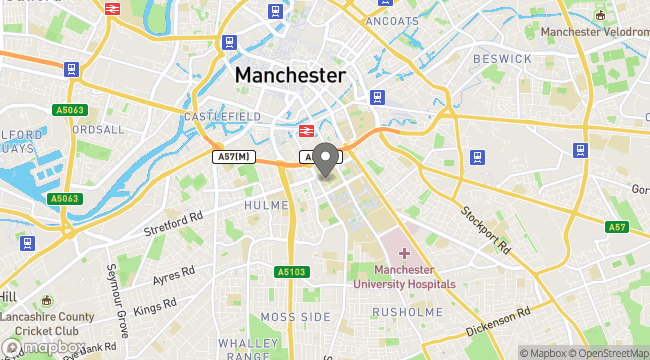You may get group ticket for Blue Island 憂鬱之島 + The Battle of Orgreave 歐格里夫抗爭事件 + Panel Discussion in one go: https://hkffuk.simpletix.co.uk/c/633 .
Full Synopsis:
In 1984 the National Union of Mineworkers went on strike. The dispute lasted for over a year and was the most bitterly fought since the general strike of 1926. On 18 June that year, the Orgreave coking plant in South Yorkshire was the site of one of the most violent confrontations, which culminated in a cavalry charge through the village.
Jeremy Deller’s The Battle of Orgreave, staged seventeen years later, was a spectacular re-enactment of what happened that day. Orchestrated by Howard Giles, a historical re-enactment expert, it involved more than 800 participants, including former miners and policemen, reliving the events that they themselves took part in.
The Battle of Orgreave, filmed by Mike Figgis for Artangel and Channel 4, first aired on 20 October 2002. The film intercuts dramatic photographs from the clashes in 1984 with footage of the reenactment in 2001 and powerful testimonies to tease out the complexities of this bitter struggle.
Director’s Biography:
Mike was born in Carlisle but after 6 months moved to Kenya for 8 years. Relocating to Newcastle as a teenager, he played in rock bands with the likes of Bryan Ferry. Moving down to London he studied music – which led Mike to join the performance group, THE PEOPLE SHOW. For the next 10 years they toured the world, and it is during this time that Mike acknowledges he learned everything about theatrical technique. After an abortive attempt to study film, Mike left THE PEOPLE SHOW to form his own multi media group and began to make films in a Performance Art Genre. REDHEUGH (1980), SLOW FADE (1982) and ANIMALS OF THE CITY (1984) were critically acclaimed and led to Mike entering the film world.
STORMY MONDAY was his first feature film and shortly afterwards Mike made the move to Hollywood where he directed Richard Gere in INTERNAL AFFAIRS (1989). He also composed the score. After 3 films and some studio conflicts, Mike decided to break away from the mainstream with LEAVING LAS VEGAS (1994) for which he received 2 Oscar nominations. An early pioneer of digital technology and its power to demystify modern filmmaking Mike (a renowned film theorist) has written several books on the subject. ‘Digital film making’ and ‘The 36 Dramatic Situations for Film’ (a film-focused version of Georges Polti's seminal book; it gives readers heightened understanding of the fundamental principles of storytelling). His film TIMECODE (2000) was the first feature film to be shot entirely in one take and significantly changed the language of contemporary film narrative. After 15 years in Hollywood this polymath felt it was time for change and moved back to London to focus on a wider range of genres, as well as continuing his ongoing experiments with film narrative. He has curated festivals (‘Just tell the truth’ Royal Opera House), teaches, exhibits his Fine art photography, as well as performing and recording with the free music ensemble ‘People Band’. Last year he released an album with the GK4 after their debut gig at London's cafe Oto. Figgis is one of the most innovative and iconoclastic writer-directors in cinema today, still creating new films, both for the mainstream and experimental world. Recently, he made a documentary about Rolling Stones guitarist, Ronnie Wood (SOMEBODY UP THERE LIKES ME, 2019) alongside MOTHER-TONGUE, a feature film shot in Hong Kong during Covid, which is in the final stages of post-production. Mike has two films in pre-production, in New Mexico and South Korea, these will commence once his documentary on Francis Ford Coppola and his film ‘MEGALOPOLIS’ are finished in March 2023.
Artist’s Biography:
Jeremy Deller (b. 1966 in London; lives and works in London) studied Art History at the Courtauld Institute and at Sussex University. Deller won the Turner Prize in 2004 and represented Britain in the 55th Venice Biennale in 2013. He has been producing projects over the past two decades which have influenced the conventional map of contemporary art. He began making artworks in the early 1990s, often showing them outside conventional galleries.
 Share
Share 